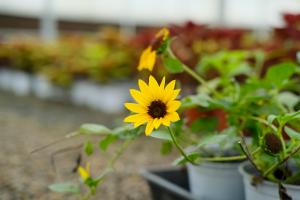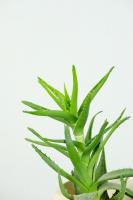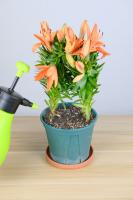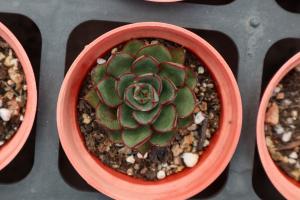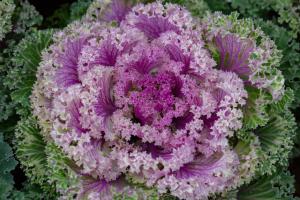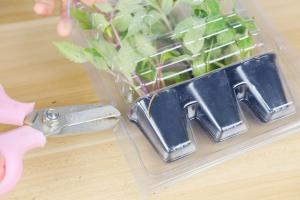Is Plant Food in Water Good for Plants?
When it comes to growing healthy and thriving plants, providing them with the right nutrients is essential. While soil can provide some of the nutrients plants need, adding plant food to water is a common practice among gardeners and plant enthusiasts. But is plant food in water good for plants? Let’s take a closer look.
The Benefits of Plant Food in Water
Plant food in water offers several benefits to plants. First, it provides a readily available source of nutrients that are easily absorbed by the roots. This can result in faster growth and healthier, more vibrant plants. Additionally, plant food in water allows gardeners to easily customize the nutrient mix for their specific plants, ensuring that they receive all of the necessary nutrients for optimal growth.
The Risks of Using Plant Food in Water
While plant food in water can be beneficial for plants, it’s important to understand the risks as well. Over-fertilization can lead to nutrient burn, which can damage or kill your plants. Additionally, if you’re not careful with the type of plant food you’re using, you run the risk of introducing harmful chemicals or toxins into the soil and water supply.
Choosing the Right Plant Food
When using plant food in water, it’s crucial to choose the right type of fertilizer for your plants. Look for options that are formulated specifically for the types of plants you’re growing, and avoid high-nitrogen fertilizers for plants like cacti and succulents, which don’t require as much nitrogen. It’s also a good idea to choose organic plant food whenever possible, as these options typically have lower concentrations of chemicals and are less likely to cause damage to your plants or the environment.
How to Apply Plant Food in Water
To apply plant food in water, simply mix the recommended amount of fertilizer into a watering can or hose attachment and water your plants as you normally would. Be sure to follow the instructions on the packaging and don’t over-fertilize, as this can harm your plants. It’s also a good idea to water your plants with plain water every once in a while to flush out any excess nutrients and prevent salt buildup in the soil.
In Conclusion
Plant food in water can be a great way to provide your plants with the nutrients they need for optimal growth and health. However, it’s important to be cautious and choose the right fertilizer for your plants, as well as to avoid over-fertilization. Follow the instructions on the packaging and water your plants with plain water occasionally to prevent any damage or buildup in the soil. With the right approach, plant food in water can help you grow healthy and beautiful plants in your garden or indoors.

 how many times do yo...
how many times do yo... how many planted tre...
how many planted tre... how many pine trees ...
how many pine trees ... how many pecan trees...
how many pecan trees... how many plants comp...
how many plants comp... how many plants can ...
how many plants can ... how many plants and ...
how many plants and ... how many pepper plan...
how many pepper plan...
